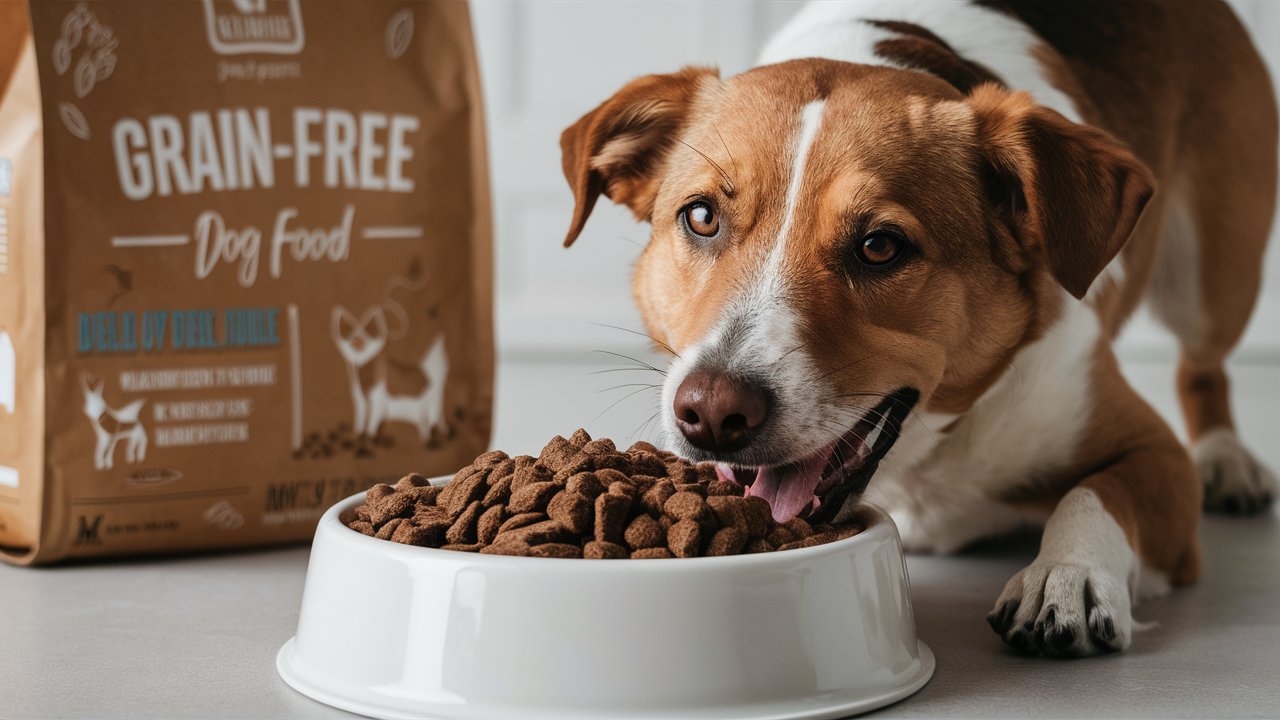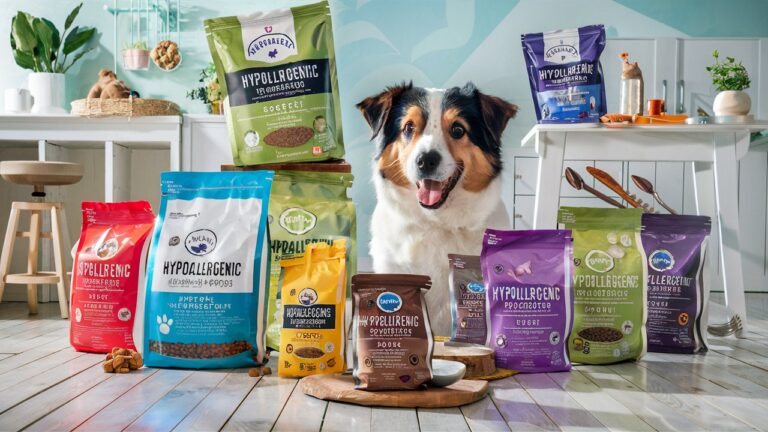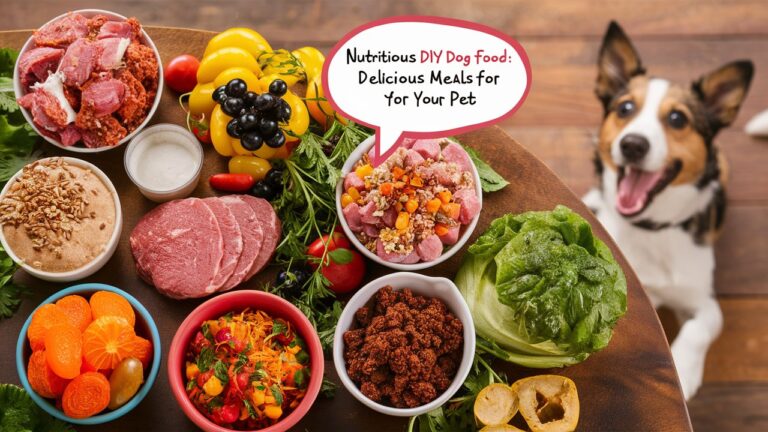Grain-Free Dog Food: 5 Benefits, 4 Drawbacks, and 5 Best Brands for Your Pet
In recent years, grain-free dog food has gained significant popularity among pet owners seeking healthier alternatives for their furry companions. Marketed as a superior option to traditional dog foods, grain-free diets claim to cater to dogs with specific dietary needs, allergies, or sensitivities. But what exactly is grain-free dog food, and is it the right choice for your pet? In this comprehensive guide, we’ll explore the benefits, potential drawbacks, and best brands of grain-free dog food to help you make an informed decision for your beloved canine.
Table of Contents
ToggleUnderstanding Grain-Free Dog Food

Grain-free dog food is formulated without grains such as wheat, corn, rice, oats, barley, and soy. Instead, these foods use alternative carbohydrate sources like potatoes, peas, lentils, and chickpeas. The rationale behind grain-free diets is based on the belief that grains are not a natural part of a dog’s ancestral diet and can contribute to allergies, digestive issues, and other health problems.
Benefits of Grain-Free Dog Food
- Allergy Relief: Some dogs are allergic or sensitive to grains, leading to symptoms like itching, skin rashes, ear infections, and digestive issues. Switching to a grain-free diet can alleviate these symptoms and improve overall health.
Personal Anecdote: My Labrador, Bella, used to suffer from constant itching and frequent ear infections. After consulting with our veterinarian, we switched her to a grain-free diet. Within a few weeks, her symptoms significantly improved, and she seemed much happier and more comfortable.
- Better Digestion: Grain-free dog food can be easier to digest for some dogs, especially those with sensitive stomachs. The absence of grains reduces the risk of gastrointestinal upset, making it a suitable option for dogs prone to digestive issues.
- Higher Protein Content: Grain-free dog foods often contain higher levels of protein, which is beneficial for muscle development, energy levels, and overall health. This makes them an excellent choice for active and working dogs.
- Weight Management: The high protein and fiber content in grain-free dog foods can help dogs feel fuller for longer, potentially aiding in weight management and preventing obesity.
- Improved Coat and Skin Health: Many grain-free dog foods contain added omega-3 and omega-6 fatty acids, which contribute to healthier skin and a shinier coat. These fatty acids also have anti-inflammatory properties, helping reduce skin irritations and promoting overall skin health.
Potential Drawbacks of Grain-Free Dog Food
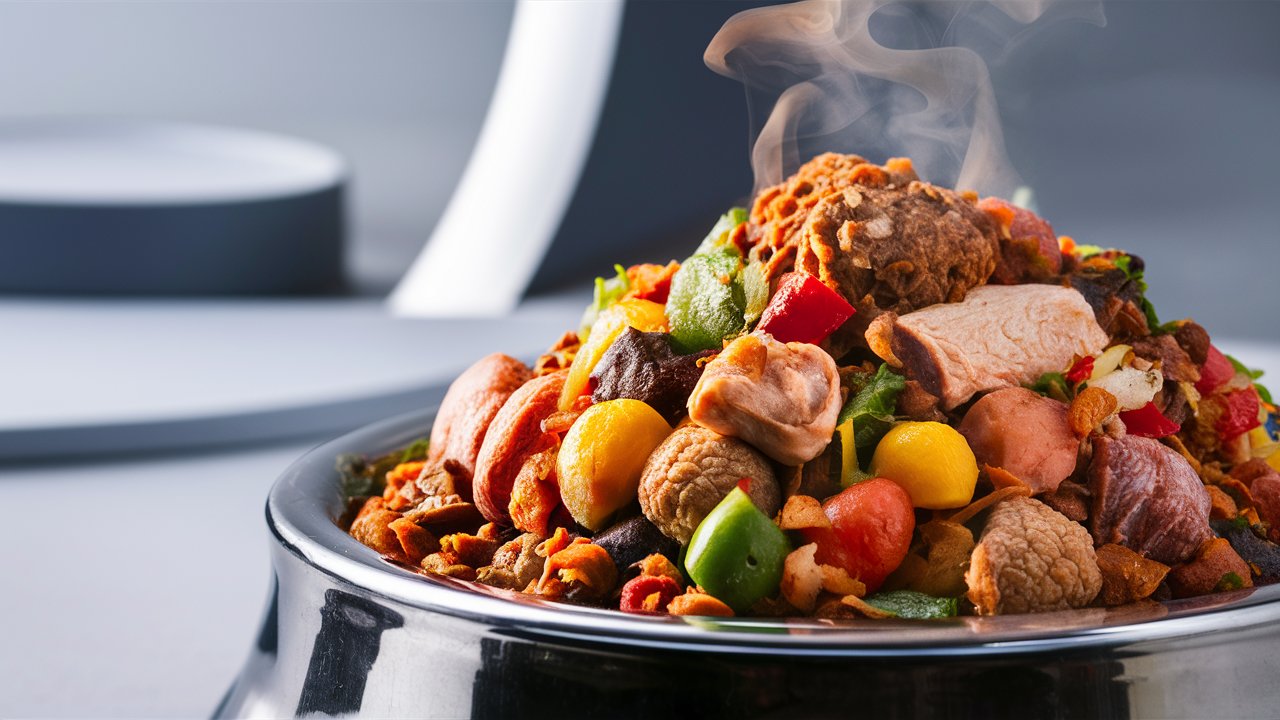
- Nutritional Imbalance: Some grain-free dog foods may lack essential nutrients that grains provide, such as fiber and certain vitamins and minerals. It’s crucial to choose a high-quality grain-free food that offers a balanced nutritional profile.
- Higher Cost: Grain-free dog foods are often more expensive than traditional dog foods due to the use of alternative ingredients. This can be a significant consideration for pet owners on a budget.
- Potential Health Risks: Recent studies have suggested a potential link between grain-free diets and a condition called dilated cardiomyopathy (DCM), a type of heart disease. The FDA is currently investigating this issue, and while the exact cause is still unknown, it’s important to consult with your veterinarian before making any dietary changes.
- Misleading Marketing: Not all dogs need a grain-free diet, and the marketing hype around grain-free foods can sometimes be misleading. Many dogs can thrive on high-quality dog foods that include grains.
Choosing the Best Grain-Free Dog Food Brands
When selecting a grain-free dog food, it’s essential to choose a reputable brand that uses high-quality ingredients and provides a balanced nutritional profile. Here are some of the best grain-free dog food brands that have received positive reviews from pet owners and veterinarians:
- Orijen: Orijen is known for its biologically appropriate recipes that mimic a dog’s natural diet. Their grain-free formulas are rich in animal proteins and include a variety of fresh, regionally sourced ingredients.
- Blue Buffalo Wilderness: Blue Buffalo Wilderness offers grain-free options with a focus on high-protein, meat-rich diets. Their recipes include deboned chicken, salmon, and other premium protein sources, along with wholesome fruits and vegetables.
- Taste of the Wild: Taste of the Wild features grain-free formulas inspired by a dog’s ancestral diet. Their recipes include unique protein sources like bison, venison, and wild boar, along with antioxidant-rich fruits and vegetables.
- Merrick: Merrick is known for its high-quality, grain-free recipes that use locally sourced ingredients. Their formulas are rich in animal proteins and include a variety of fruits and vegetables for balanced nutrition.
- Wellness Core: Wellness Core offers grain-free dog food with a focus on high-protein, nutrient-dense recipes. Their formulas include premium animal proteins and are free from artificial additives and fillers.
Transitioning to Grain-Free Dog Food

If you decide to switch your dog to a grain-free diet, it’s important to do so gradually to avoid digestive upset. Here’s a step-by-step guide to transitioning your dog to grain-free food:
- Start Slowly: Begin by mixing a small amount of the new grain-free food with your dog’s current food. Gradually increase the proportion of the new food over 7-10 days.
- Monitor Your Dog: Keep an eye on your dog’s digestion, coat condition, and overall behavior during the transition period. If you notice any adverse reactions, consult your veterinarian.
- Maintain Consistency: Stick to a consistent feeding schedule and avoid feeding table scraps or treats that may interfere with the transition.
Personal Anecdote: Transitioning Bella to Grain-Free Food
When I decided to switch Bella to a grain-free diet, I followed a gradual transition plan. Initially, I mixed 25% of the new grain-free food with her regular kibble. Over the course of two weeks, I slowly increased the proportion of grain-free food until Bella was completely switched over. Throughout the transition, I monitored her closely for any signs of digestive upset or changes in her coat and energy levels. Fortunately, Bella adapted well to the new diet, and her overall health improved significantly.
Conclusion: Is Grain-Free Dog Food Right for Your Pet?
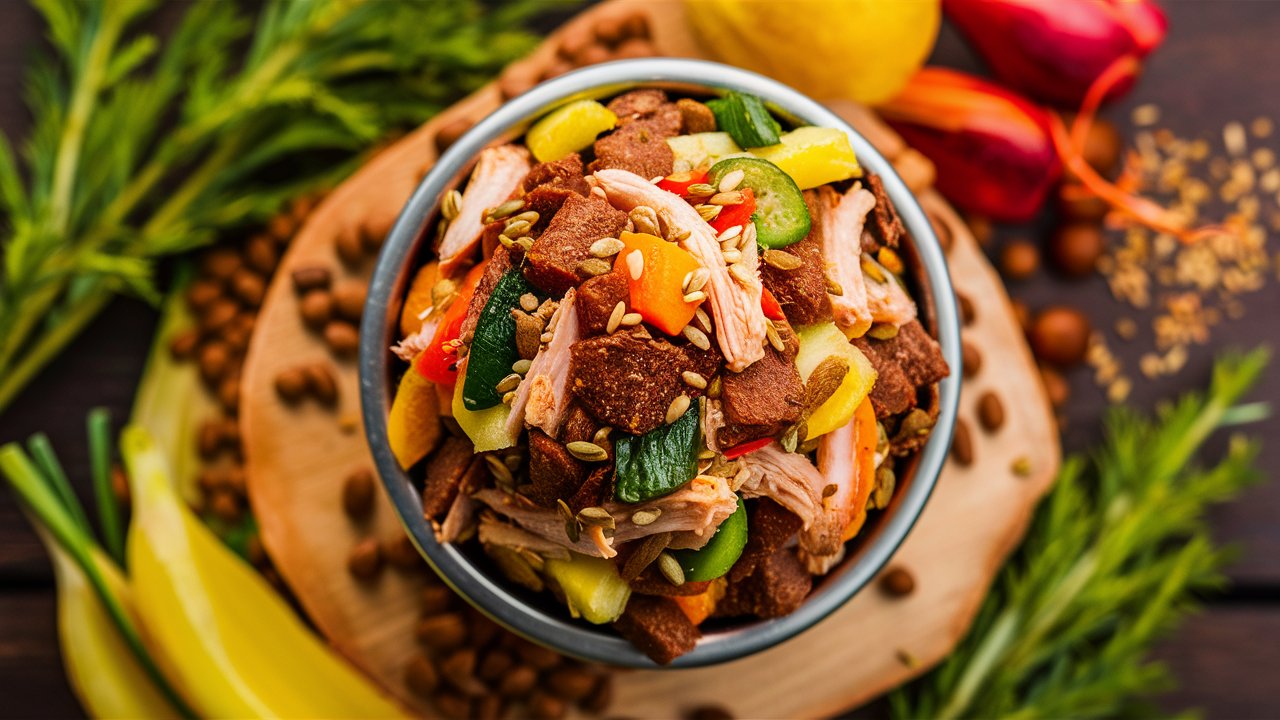
Ultimately, the decision to switch to grain-free dog food should be based on your dog’s individual needs and preferences. By understanding the benefits and drawbacks, you can make an informed choice that promotes your pet’s health and well-being.
Personal Reflection: Switching Bella to a grain-free diet was one of the best decisions I made for her health. Her symptoms improved, and she seemed happier and more comfortable. However, I always emphasize the importance of consulting with a veterinarian and choosing high-quality dog food that meets your pet’s specific needs. Every dog is unique, and what works for one may not work for another. With careful consideration and guidance, you can ensure your furry friend receives the best possible nutrition.
